Search
Search Results
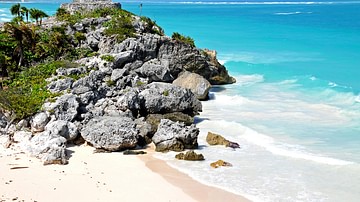
Definition
Tulum
Tulum, on the east coast of the Yucatan peninsula in southern Mexico, was an important Mesoamerican centre which displayed both Maya and Toltec influence. Tulum was a major trading and religious centre between the 11th and 16th centuries...

Definition
El Tajin
El Tajin is located near the coast of eastern Mexico and was an important Mesoamerican centre which flourished between 900 and 1100 CE. A part of the Veracruz culture, the city's architecture also displays both Maya and Oaxacan influences...
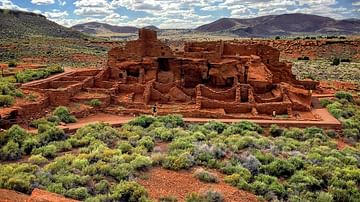
Definition
Wupatki
Wupatki or Wupatki National Monument is an Ancestral Puebloan site that contains over 800 ancient ruins. It is situated in the north-central region of the US state of Arizona and is approximately 50 km (31 miles) northeast of the present-day...

Image
Map of the Olmec Civilization
This map illustrates the rise and extent of the Olmec civilization, which flourished from around 1200 to 400 BCE (the earliest Olmec finds near the San Lorenzo Tenochtitlán sites, date back to c.1600) in the present-day Gulf Coast in the...

Image
Ball Court, Copan
The ball court of the Mayan city of Copan. The game was popular across Mesoamerica and the objective was to put a rubber ball through a hoop placed on the side walls.
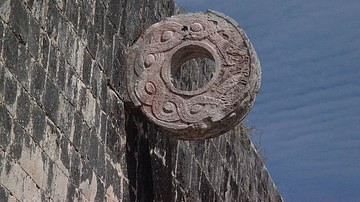
Image
Goal, Ball Court of Chichen Itza
One of the goals of the ball court at the Maya-Toltec city of Chichen Itza. The objective of the ball game, popular across Mesoamerica, was to strike a rubber ball through the hoop using any part of the body except the hands.
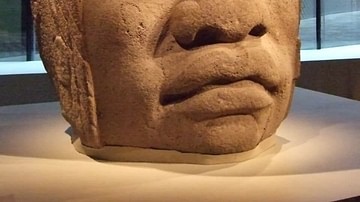
Image
Olmec Colossal Head
A basalt colossal head from the Olmec civilization of Mesoamerica. Provenance: Veracruz, Mexico, 1200-900 BCE. The significance of the heads is disputed but as no two heads are alike and each headdress has distinctive designs they may represent...
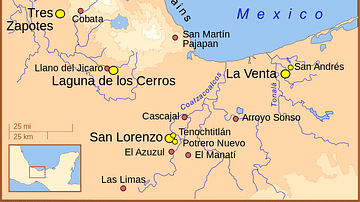
Image
Principal Olmec Settlements
A map showing the principal settlements of the Olmec civilization in Mesoamerica (modern-day Mexico) which flourished from c. 1200-300 BCE.
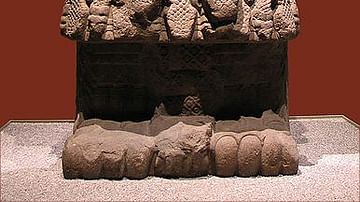
Image
Coatlicue
A colossal basalt statue of Coatlicue ('Serpent Skirt'), the Aztec mother-earth goddess and mother of Huitzilopochtli. The goddess is represented with a severed head replaced by two snake heads, wearing a necklace of severed hands and human...
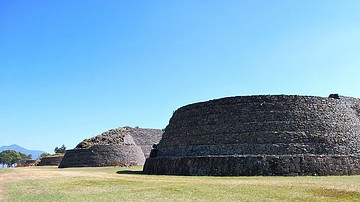
Image
Tarascan Yacata, Tzintzuntzan
The distinctive pyramid structures of the Tarascan capital Tzintzuntzan, Late Post-Classical period (1350-1520 CE). These structures, known as yacata, are unique in Mesoamerica and combine rectangular and circular stepped pyramids on a large...